All About the Exquisite Round Fan

When it comes to round hanfu fans, most people always think they are exclusive items for girls. However, do you know that in ancient times, round fans were first invented and used by men?
I. What is a Round Fan?
As the name implies, a round fan has a circular or nearly circular fan surface with a handle. It is called a “round fan” or “silk – made fan”, and in some places, it’s also known as a “reunion fan”. Since it was often used in the imperial palaces, it’s also referred to as a “palace fan”. Round fans emerged before folding fans. The period from the Han Dynasty to the Northern Song Dynasty was when round fans were most popular.
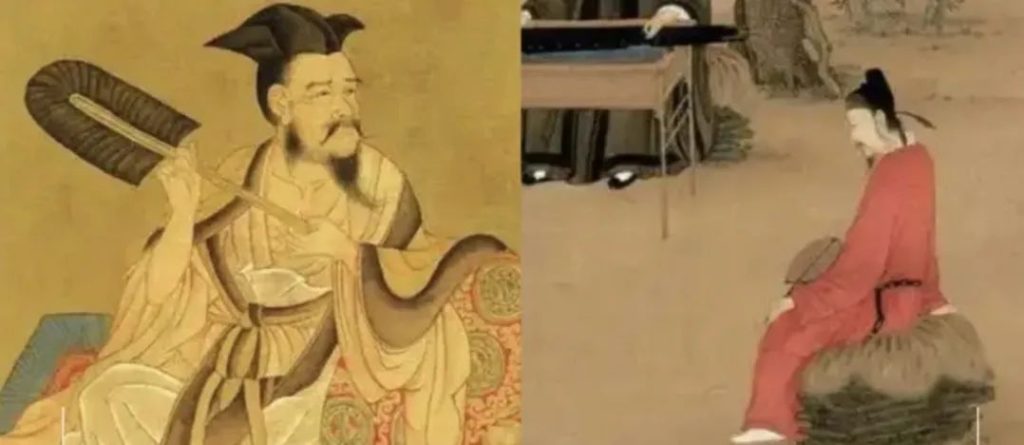
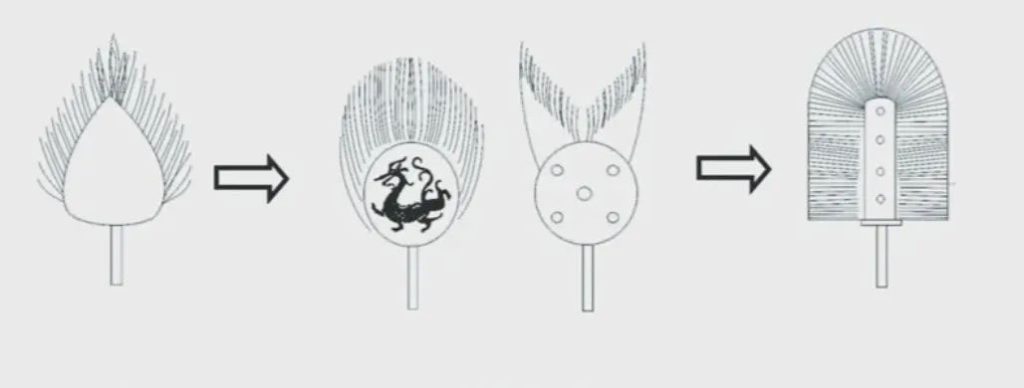
People may wrongly assume that fans are exclusive to women, but that’s not the case. During the Wei, Jin, and Southern and Northern Dynasties, literati and refined scholars often played with whisk – like tails (麈尾) or feather fans while discussing profound philosophical ideas. Emperor Jianwen of Liang (梁简文帝), Xiao Gang (萧纲), was particularly innovative and personally created the “zhuwei fan” (麈尾扇, ceremonial fan made from elk/moose tail hairs), setting a trend at that time. The fly – whisk is quite similar to “zhuwei fan”, as both are decorated with animal hair. By the Sui and Tang Dynasties, the “silk – made fan”, that is, the round fan, gradually replaced other types of fans with its unique charm. In the early Tang Dynasty, round fans were mostly shaped like a wasp – waist oval. It was also from the Tang Dynasty that round fans became closely associated with women.
From left to right in the picture are the evolutionary processes of the zhuwei fan from the Han Dynasty to the Wei and Jin dynasties, the Wei, Jin, Southern and Northern Dynasties, and the period from the Northern Wei Dynasty to the Sui and Tang dynasties.
II. The Uses of Round Fans
1. Face – covering
At first, round fans were not used to create a breeze and cool oneself down, but rather to cover the face, either to hide one’s demeanor or perhaps due to social awkwardness. This use wasn’t limited to a specific type of fan; people would use whatever fan was popular at the time to cover their faces.
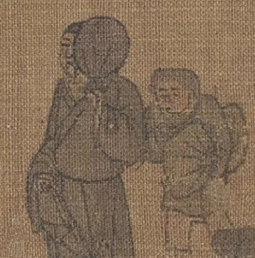
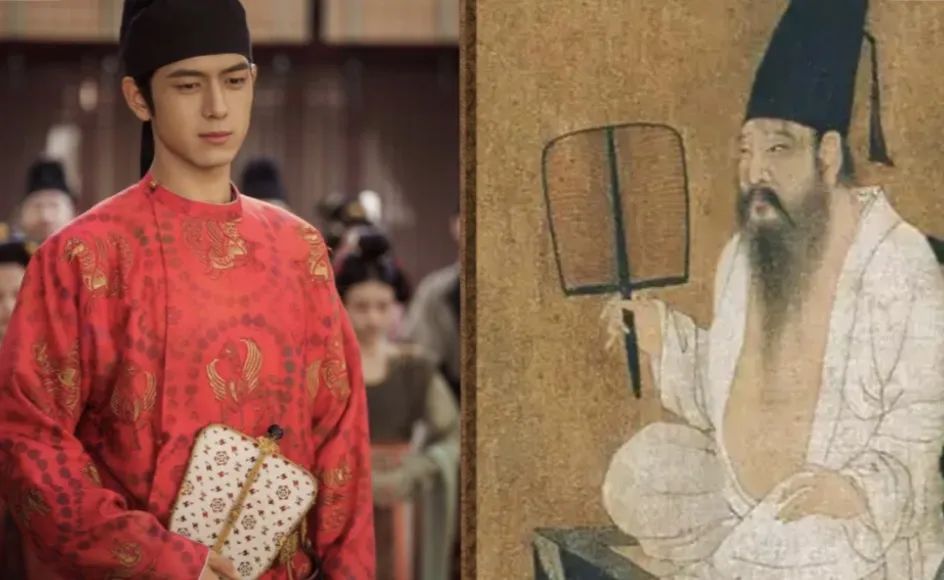
For example, in “Along the River During the Qingming Festival” (《清明上河图》), there’s a man using a round fan to cover his face to avoid the embarrassment of bumping into acquaintances. In “Biography of Zhang Chang in the Book of Han” (《汉书·张敞传》), it is recorded: “After the court meeting, when passing through Zhangtai Street, he had an official drive the horse while he used a fan – like object to cover his face.” Yan Shigu (颜师古) annotated: “This object is used to cover the face. It’s like a fan. When one doesn’t want to be seen, using this to cover the face is convenient, so it’s called ‘bianmian’ (便面, convenient face – covering), also known as ‘pingmian’ (屏面, screen face – covering).”
Bamboo – made fans were also called “bianmian”. In the Han Dynasty, they were rectangular or semi – circular in shape, and could even be used for roasting meat. The “bianmian” fan creates a gentle breeze that’s less likely to start a fire. It provides just enough air to cool things slightly and helps spread the aroma of the roasting meat. You could say it’s a versatile item.
In the recently popular drama Flourished Peony, Jiang Changyang (蒋长扬), played by Li Xian, most frequently uses two types of fans in the show. One is an ivory round fan, and the other is a feather fan.
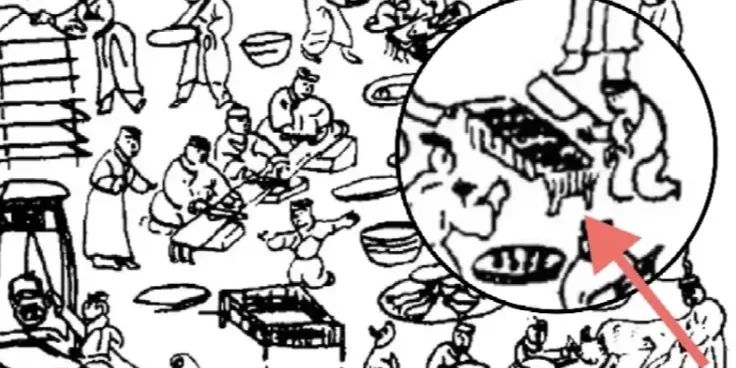
Round fans come in many shapes, while feather fans are quite special. The design of feather fans draws inspiration from works such as the Song – Dynasty painting Portraits of the Eighteen Scholars (《十八学士图》). They were often used by literati and advisors. Take Zhuge Liang (诸葛亮), for example, who is often depicted as “wearing a silk kerchief and holding a feather fan”.
2. For Ritual Purposes
The second use is for ceremonial processions or to show one’s status. These fans are also called “screen fans”. For instance, when an emperor was on the move, the palace maids and attendants would hold large round fans to screen his face. After all, the dignity of the Son of Heaven was inviolable.
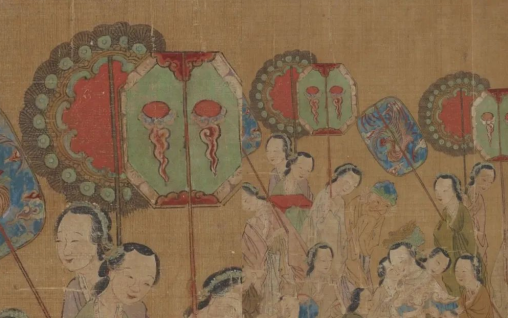
In paintings of ladies – in – waiting, the large round fans held by the attendants are a case in point. In Ladies with Fans (《挥扇仕女图》), some people initially guessed that the fans were used to create a breeze, but this was quickly refuted (since they were too heavy for that). They were most likely mainly for ceremonial purposes.
Take, for example, the way the maids hold the screen fans behind the ladies in Ladies Wearing Flowers (《簪花仕女图》). It has more of a symbolic meaning of status.
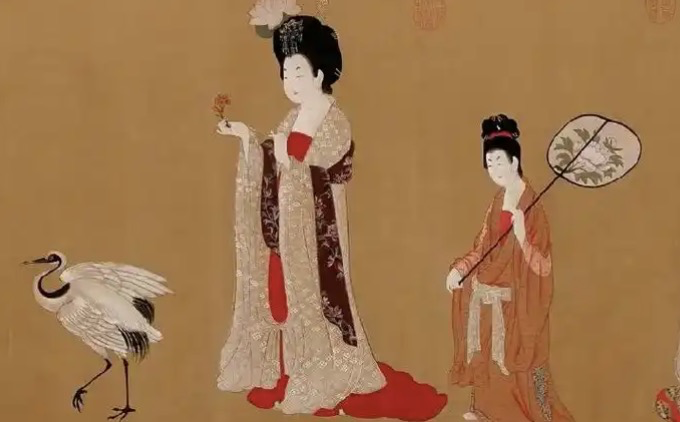
Moreover, the Chinese weddings dress of using fans originated from the practice of covering the face with a fan. Covering the face with a fan during a wedding is called “que shan” (却扇, putting down the fan). This custom started during the Wei and Jin dynasties, became most popular in the Tang Dynasty, and gradually faded out after the Song Dynasty. There were also many poems depicting this “que shan” custom.
3. Cool Theirself Down
The last – mentioned use of the round fan is for cooling. In paintings of ladies – in – waiting with a cooling – off theme, these small fans are often depicted. They are mainly used as accessories and for covering the face. Some researchers speculate that the fan surfaces used for cooling might be different, often being woven fans or bamboo – woven fans. Take the cattail fan (蒲扇) in the old man’s hand as an example; that kind of fan can really bring coolness. As the saying goes, there’s no summer that can’t be endured with a cattail fan. If one isn’t enough, then two will do.
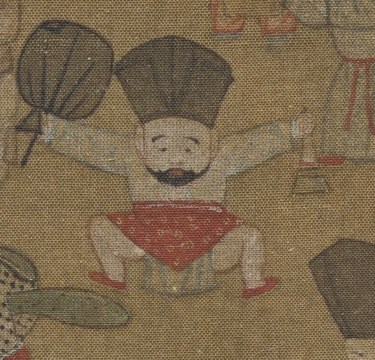
III. The Beautiful Meanings of Round Fans
The round shape of the round fan represents reunion, happiness, and perfection. This reflects the Chinese nation’s spiritual pursuit of harmony and perfection. In ancient times, round fans were cherished items in the hands of emperors, nobles, and literati. Among the common people, round fans became gifts exchanged between relatives and friends, symbolizing blessings and good wishes.
Summary
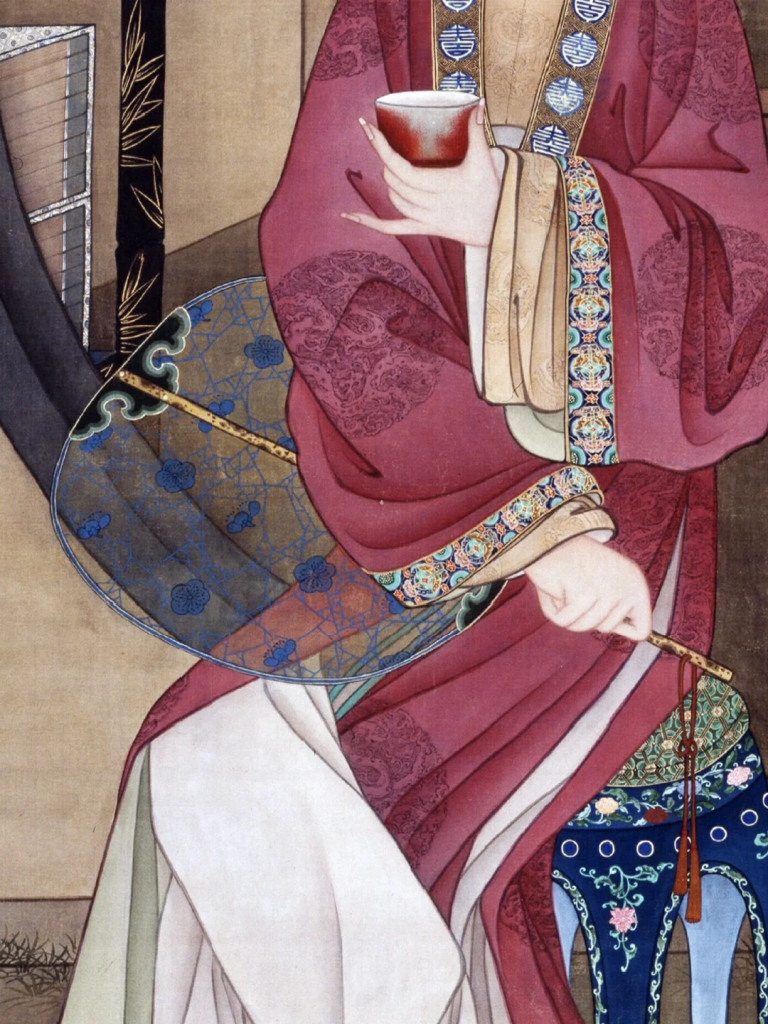
As an important part of Chinese traditional culture, the round fan is not only a symbol of cooling – off tools but also a carrier of cultural heritage and historical memories. The implications it holds, such as reunion, happiness, and blessings, have struck a chord in people’s hearts and become an essential part of Chinese culture. In modern society, the round hanfu fan remains a beloved handicraft. The cultural connotations and historical values it represents will always be cherished and passed down. Which round fan is your favorite? Share it in the comments section!

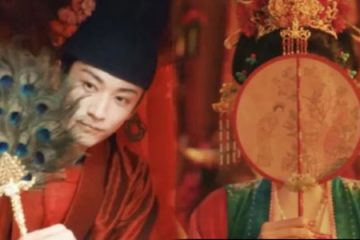
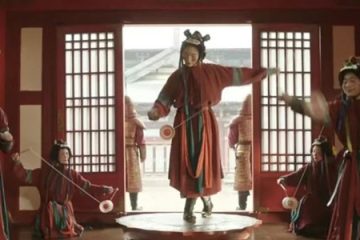
0 Comments